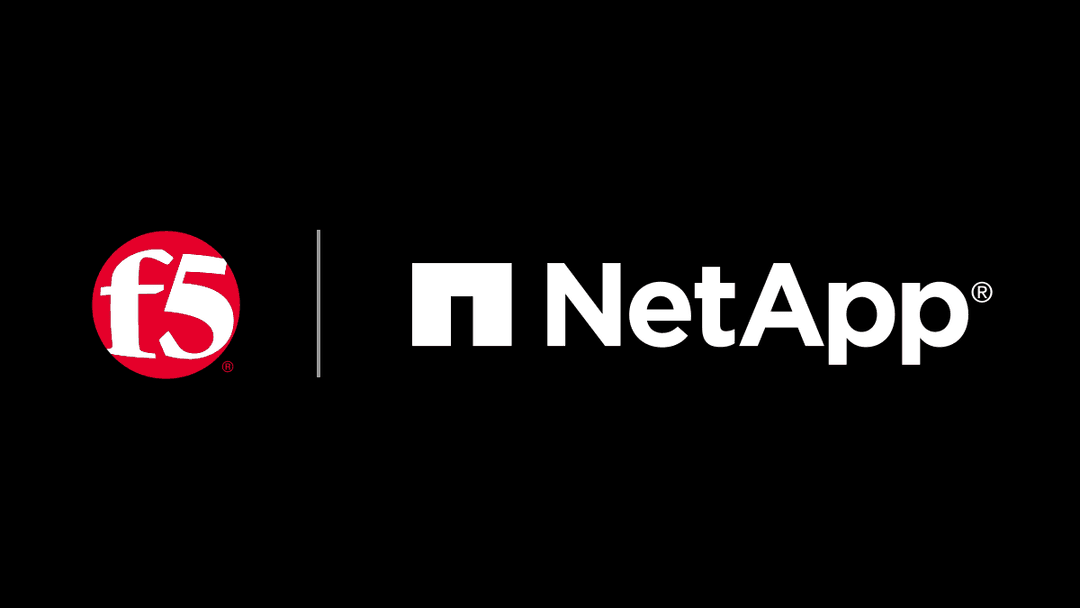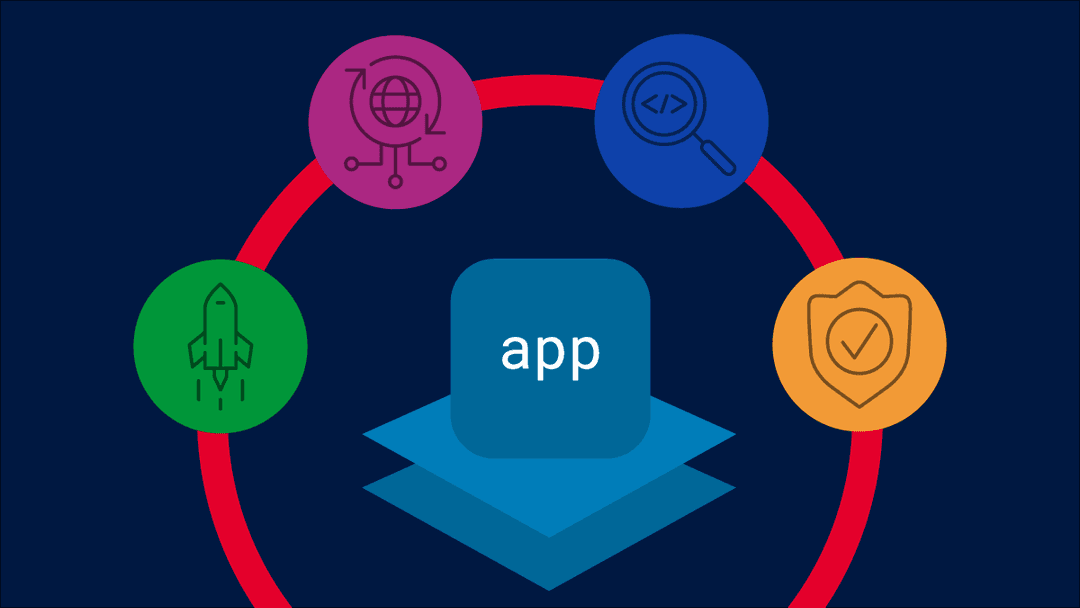DNS may be the phonebook of the Internet, faithfully translating domain names to IP addresses, but DNS alone has no means of verifying that the IP address you receive is the right one. This means that if someone were to tamper with a DNS response in transit, you might be sent to a malicious site—and would have no way to know. That’s where DNSSEC (Domain Name System Security Extensions) comes in.
“Pursuing the best DNS practices means building a primary/secondary DNS environment where both on-premises and cloud-based DNS solutions work together to enhance redundancy, performance, and security.”
DNSSEC adds cryptographic signatures to DNS records. When your DNS resolver looks up a domain, DNSSEC allows it to verify that the information came from the legitimate source and hasn’t been altered. While you can think of DNSSEC as a tamper-evident seal on your DNS responses, there are some specific things it will and won’t do:
- DNSSEC does not encrypt DNS data (that’s what DNS over HTTPS/TLS, or DoH, does).
- DNSSEC does not prevent DDoS or exfiltration directly.
- DNSSEC does verify authenticity of DNS responses.
DNSSEC effectively answers the question: “Is this the real answer from the domain owner, or has it been spoofed or manipulated?”
Why it matters in today’s cyber landscape
Modern attacks are subtle, and attackers love to exploit trust in foundational systems. Without DNSSEC, an attacker who poisons your DNS cache or hijacks a query in transit could silently redirect users to phishing sites or man-in-the-middle (MITM) infrastructure, without triggering any alarms.
This is why it’s important to understand how DNSSEC helps:
- It can prevent cache poisoning.
- It can reduce risk of domain hijacking.
- It can improve zero-trust posture by securing the first link in the chain.
Adoption of DNSSEC is growing steadily
Major providers like Google and Cloudflare validate DNSSEC by default while .gov and .edu domains require the use of DNSSEC. FinServ, government, and healthcare industries rely on DNSSEC for securing operations and customer trust, while adoption is steadily rising across customer-facing sectors like retail.
So, why isn’t everyone using it?
Historically, DNSSEC got a bad rap. It was complex to implement; it would occasionally break things if misconfigured (especially during key rollovers); and it wasn’t supported by every resolver or DNS provider. But now? Most major resolvers validate DNSSEC by default, and modern cloud DNS platforms offer automatic signing, rollover, and validation tools that make deployment much more manageable. This is why implementing DNSSEC-enabled solutions is yet another best practice when it comes to ensuring the security and resiliency of your DNS strategy.
DNS best practices: Security and redundancy
Implementing DNSSEC is like adding a lock to your pages in the Internet’s phone book. It represents a major step towards ensuring trust, the foundation of cybersecurity.
When paired with other security measures like encryption, firewalls, and threat detection systems, DNSSEC provides an important layer of security for digital ecosystems. This positions DNSSEC in a critical role: enhancing the security of DNS and protecting against tampering, which are essential best practices for industries handling sensitive data that rely on DNSSEC to help keep their systems secure and their customers safe.
But pursuing the best DNS practices also means building a primary/secondary DNS environment where both on-premises and cloud-based DNS solutions work together to enhance redundancy, performance, and security. F5 Distributed Cloud DNS and F5 BIG-IP DNS work together in this style of hybrid environment, supporting DNSSEC signing and seamless passage of DNSSEC records between them. This makes securing DNS easier without complicating deployments—essential for a robust DNS strategy.
Primary and secondary DNS support explained
Distributed Cloud DNS offers robust support for DNSSEC, ensuring end-to-end integrity and authenticity of DNS responses when Distributed Cloud DNS is the authoritative source.
When Distributed Cloud DNS is managing primary zones, it provides built-in DNSSEC signing and key management, allowing you to seamlessly enable zone signing with automated key rollover. Zone signing keys (ZSKs) and key signing keys (KSKs) are securely managed, and DS records can be exported for delegation to upstream registrars. This makes Distributed Cloud DNS a one-stop solution for both authoritative resolution and DNSSEC compliance.
So, what happens when Distributed Cloud DNS is deployed as a secondary DNS service, for example, serving as a secondary to BIG-IP DNS?
In this hybrid architecture, DNSSEC signing remains the responsibility of BIG-IP DNS, which acts as the primary DNS server. Distributed Cloud DNS simply transfers and serves the signed zone data received via authoritative (AXFR) transfers from BIG-IP DNS. Since Distributed Cloud DNS does not alter or re-sign the zone in this secondary role, it preserves all DNSSEC signatures generated by BIG-IP DNS. This setup allows users to leverage BIG-IP DNS DNSSEC controls while benefiting from the global reach and edge delivery of Distributed Cloud DNS.
Whether Distributed Cloud DNS is your primary authoritative platform or backing your BIG-IP-based architecture as a global secondary, your DNSSEC strategy remains intact—flexible, secure, and optimized for performance.
Secure enterprise DNS with DNSSEC and F5
DNSSEC is critical for enterprises seeking to protect their DNS infrastructure from cache poisoning, domain hijacking, and other DNS-based attacks. By cryptographically signing DNS records, DNSSEC ensures data integrity and authenticity—a vital layer of trust in modern, security-conscious architectures.
Distributed Cloud DNS empowers enterprises with built-in DNSSEC support for primary zones, making it easy to adopt DNSSEC without operational complexity. For organizations already using BIG-IP DNS as their DNSSEC signing authority, Distributed Cloud DNS also offers robust secondary DNS capabilities—enabling seamless zone transfers and hybrid deployments. Whether you're securing your authoritative zones directly in Distributed Cloud or leveraging BIG-IP DNS for DNSSEC while benefiting from Distributed Cloud’s globally distributed edge, your DNS is both scalable and secure.
Read more about Distributed Cloud DNS as a secure secondary DNS.
Related Blog Posts

AppViewX + F5: Automating and orchestrating app delivery
As an F5 ADSP Select partner, AppViewX works with F5 to deliver a centralized orchestration solution to manage app services across distributed environments.

Build a quantum-safe backbone for AI with F5 and NetApp
By deploying F5 and NetApp solutions, enterprises can meet the demands of AI workloads, while preparing for a quantum future.

F5 ADSP Partner Program streamlines adoption of F5 platform
The new F5 ADSP Partner Program creates a dynamic ecosystem that drives growth and success for our partners and customers.
F5 NGINX Gateway Fabric is a certified solution for Red Hat OpenShift
F5 collaborates with Red Hat to deliver a solution that combines the high-performance app delivery of F5 NGINX with Red Hat OpenShift’s enterprise Kubernetes capabilities.
F5 Silverline Mitigates Record-Breaking DDoS Attacks
Malicious attacks are increasing in scale and complexity, threatening to overwhelm and breach the internal resources of businesses globally. Often, these attacks combine high-volume traffic with stealthy, low-and-slow, application-targeted attack techniques, powered by either automated botnets or human-driven tools.
Phishing Attacks Soar 220% During COVID-19 Peak as Cybercriminal Opportunism Intensifies
David Warburton, author of the F5 Labs 2020 Phishing and Fraud Report, describes how fraudsters are adapting to the pandemic and maps out the trends ahead in this video, with summary comments.



